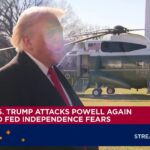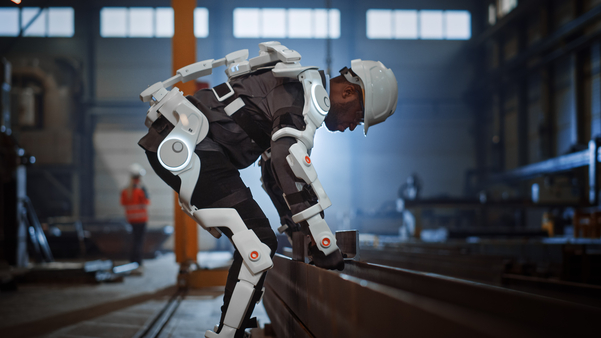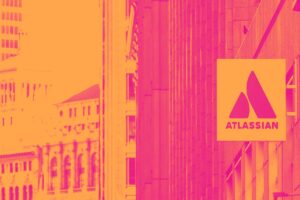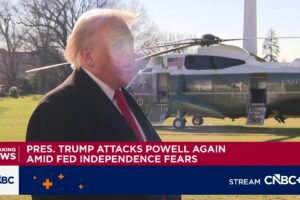
Musk did something few people could pull off.
Few people elicit as strong a reaction as Elon Musk. The outspoken Tesla founder is fond of making bold claims and huge promises — promises that he doesn’t always keep, much to the chagrin of Tesla investors. Add to that his social media activity, and he is often a divisive figure.
One thing that can’t be denied is that Musk has vision. That — and a massive net worth — make him capable of marshaling huge resources to accomplish incredible tasks. Look no further than the recent successful rocket booster “capture” executed by his company, SpaceX. And while that truly is an incredible feat, Musk recently pulled off something else that left Nvidia (NVDA 0.80%) CEO, Jensen Huang, thoroughly impressed.
Musk built one of the world’s fastest supercomputers
While X, Tesla, and SpaceX dominate the headlines, Musk’s artificial intelligence (AI) startup, xAI, recently built what could be the most powerful AI-training supercomputer around. Dubbed “Colossus,” the supercomputer will be used to train Grok, a large language model (LLM) and the company’s answer to ChatGPT. The LLM will be available to paying X customers initially, but many believe Grok will eventually power Tesla’s humanoid robots. Sounds like science fiction, no? It’s not.
Here’s the thing, xAI built the facility in a matter of months, but it installed 100,000 Nvidia H100s in just 19 days. The Nvidia chief was recently interviewed about the installation, and it was clear this was something he’d never seen, calling it “superhuman” and “unbelievable.” Why? According to Huang, it’s a process that would normally take years.
Musk isn’t done, however. He plans to install another 50,000 H200s in the next few months, roughly doubling its current power. Although nothing official has been announced, I wouldn’t be surprised if he is first in line for Nvidia’s yet-to-be-released B200s. xAI has spent a few billion on the project thus far and at $25,000 a pop, an estimated $2.5 billion of that was spent just on the H100 chips themselves.
While Musk and xAI’s feat is undeniably impressive, I would take Huang’s statements with a grain of salt. CEOs of companies that do billions of dollars of business together tend to be quite complimentary of each other, and like Musk, Huang doesn’t shy away from bold claims.
This is great news for Nvidia
The whole project shows the incredible lengths to which companies will go to win the AI arms race — companies with billions to burn. During the last round of quarterly earnings, CEOs from the largest companies in tech reiterated that losing was not an option, and they will keep spending whatever it takes to win. Alphabet CEO Sundar Pichai put it bluntly, “The risk of underinvesting is dramatically greater than the risk of overinvesting for us.” That’s why the company expects to spend roughly $50 billion this year in capital expenditures, up from $31 billion the year before, with much of it going toward AI infrastructure and Nvidia chips.
As I mentioned earlier, Nvidia is gearing up to launch Blackwell, the newest iteration of its flagship AI chips. Despite the fact they haven’t hit the market yet, they’re reportedly sold out for at least a year, and as we see with Colossus, demand is still extremely high for the company’s current iteration of chips.
Nvidia does face competition. AMD is set to release its newest chip, the MI325X, this quarter, but it has yet to eat into Nvidia’s market share in any meaningful way. AMD is still about a year behind Nvidia at the moment as the MI325X will compete with the H200, not the B200. And given Nvidia is able to spend about twice as much as AMD in research and development, it will be hard for it to close the gap anytime soon.
Nvidia’s moat is substantial at this point and I don’t see any reason that will change in the next year. The company’s stock is trading at all-time highs, however, and it’s currently carrying a price-to-earnings (P/E) ratio of 67. That’s a hefty premium. If you are a risk-averse investor — maybe you’re nearing retirement, for example — I would exercise caution. But overall, with the growth that Nvidia is likely to see in the coming years, I think its current valuation is justified.
Suzanne Frey, an executive at Alphabet, is a member of The Motley Fool’s board of directors. Johnny Rice has no position in any of the stocks mentioned. The Motley Fool has positions in and recommends Advanced Micro Devices, Alphabet, Nvidia, and Tesla. The Motley Fool has a disclosure policy.









